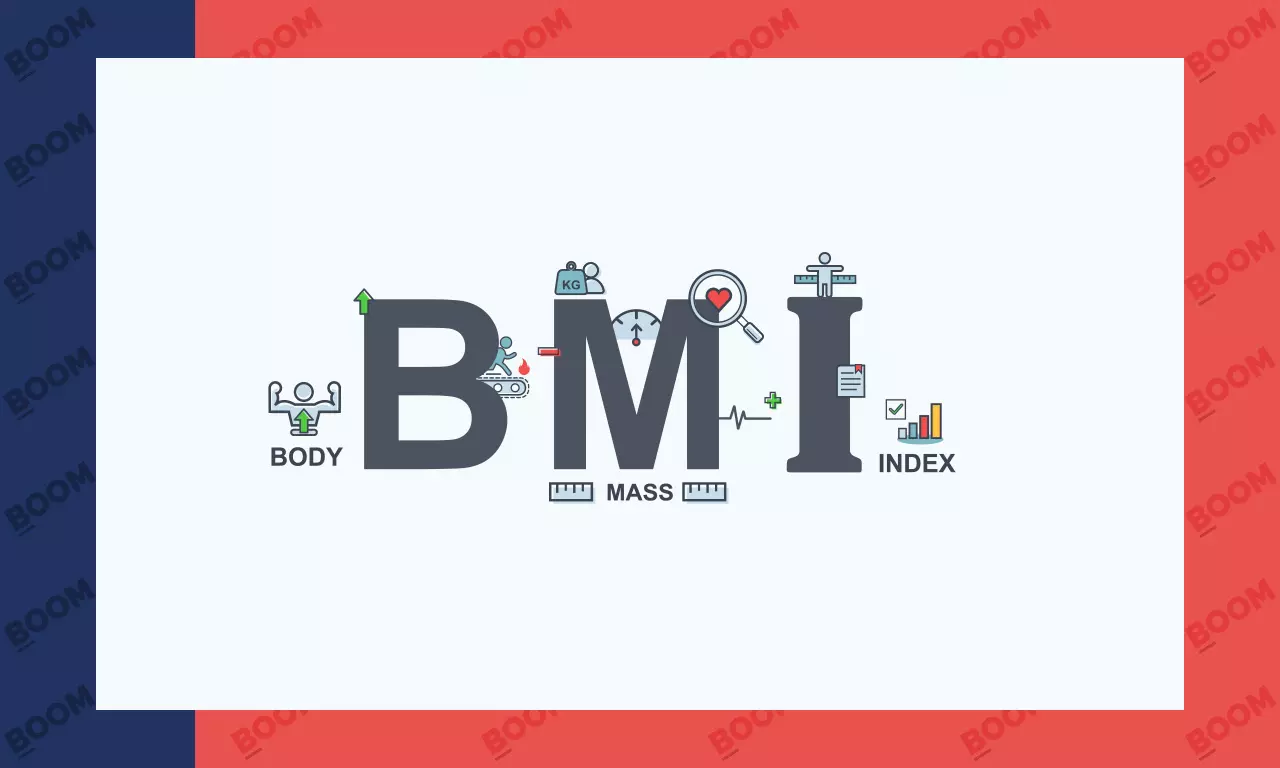
The American Medical Association (AMA), in its latest report, has officially acknowledged that using BMI (Body Mass Index) alone as a metric is an inaccurate clinical tool that has caused "historical harm".
The AMA criticised the BMI classification system in its Science and Public Health report for 2023 for being misleading about the effects of body fat on mortality rates.
BMI has been an age-old go-to measurement for health based on body sizes. BOOM spoke to experts who concurred with the AMA report, criticising BMI for its oversimplification of what being healthy really means.
What is BMI?
Speaking to BOOM, Dr Vineet Kumar, a Delhi-based physician, explained, “BMI is basically an index which tells us if we are healthy based on your weight in relation to our height.” It can be calculated by dividing the weight in kilograms by the square of height in metres.
The results are broken down into four categories: Underweight ( < 18.5), normal (18.5 – 24.9), overweight (25 – 29.9) and obese (> 30). Obesity, or being obese, is defined as abnormal or excessive fat accumulation that presents a risk to health.
The BMI was first recognised as The Quetelet index of 1892, which was as a means to measure obesity in the general population, and also to quantify the average man's weight.
Lambert Adolphe Quetelet obtained the formula primarily based on the size and measurements of people from France and Scotland, a fairly small demography which limited the scope of its results.
Within the next century, it rose to prominence and was employed as a measure of ideal health as well as a scientific foundation for eugenics. Eugenics is a discipline that believed in the procreation of flawless humans by genetic and hereditary removal of so-called societal ills.
Why is BMI flawed?
Given its history, it is clear that BMI never took into account people who were not white, caucasian, and able-bodied men, namely, disabled people, autistic people, immigrants, poor people, and people of colour.
According to Kumar, BMI is used all over the world to reach a quick judgement about a person's health, but it is never sufficient. “For instance, it is believed that a person with a high BMI is likely to develop cardiovascular disease or diabetes but an underweight or normal BMI person can also develop these diseases owing to their smoking habits or alcohol consumption,” he said.
Speaking to BOOM, Dr Jatin Prajapati, president of United Doctors' Front Association, Rajasthan, said that although BMI is used as a proxy indicator of cardiovascular health, it is highly flawed. “Our skeleton mass also contributes significantly to our weight and a person may be healthy but the BMI scale can consider them overweight if they have a high bone density,” he said.
Additionally, BMI also fails to consider our muscle mass. “A healthy athlete can be underweight on the BMI scale as they tend to have low muscle mass owing to their strict training,” said Prajapati.
What other alternatives can we use apart from BMI?
Speaking to BOOM, Dr Prachi Garg, a general physician, pointed out that indices like waist-to-hip ratio (WHR) and abdominal circumference give us a better picture about a person’s health as compared to BMI. These indices can determine if excess weight is putting our health at risk.
WHR measures the ratio of your waist circumference to your hip circumference and indicates how much fat is stored on your waist, hips, and buttocks. A moderate WHR is 0.9 or less for men and 0.85 or less for women.
Abdominal circumference is the measurement of the distance around the abdomen at a specific point. This measurement is most often made at the level of the belly button. It is to diagnose obesity, inflammation and buildup of intestinal gas in the abdomen.
Garg explained that humans have two kinds of bodies- apple-shaped and pear-shaped. People with apple-shaped bodies have ample waists and a tendency to gain weight in their abdomens (central obesity). Pear-shaped bodies have smaller waists and carry their extra pounds in the hips, thighs and butt.
Central obesity is common in apple shaped bodies, where abdominal tissues suffer inflammation. This, Garg says, can lead to hypertension and diabetes. "Basically, inflammation is the root cause of every disease and has increased more so in people after Covid,” she said.
According to Garg, indices like WHR and abdominal circumference can help determine central obesity effectively, while “BMI, which only considers height and weight, may indicate a centrally obese person as normal because it fails to count in inflammation. Hence we should avoid using BMI as a reliable parameter.”











